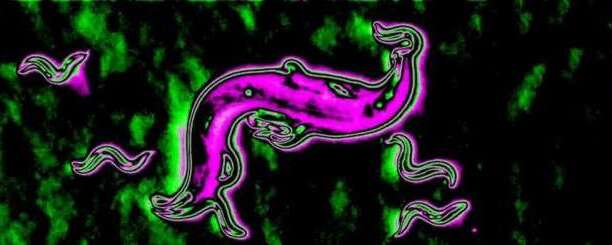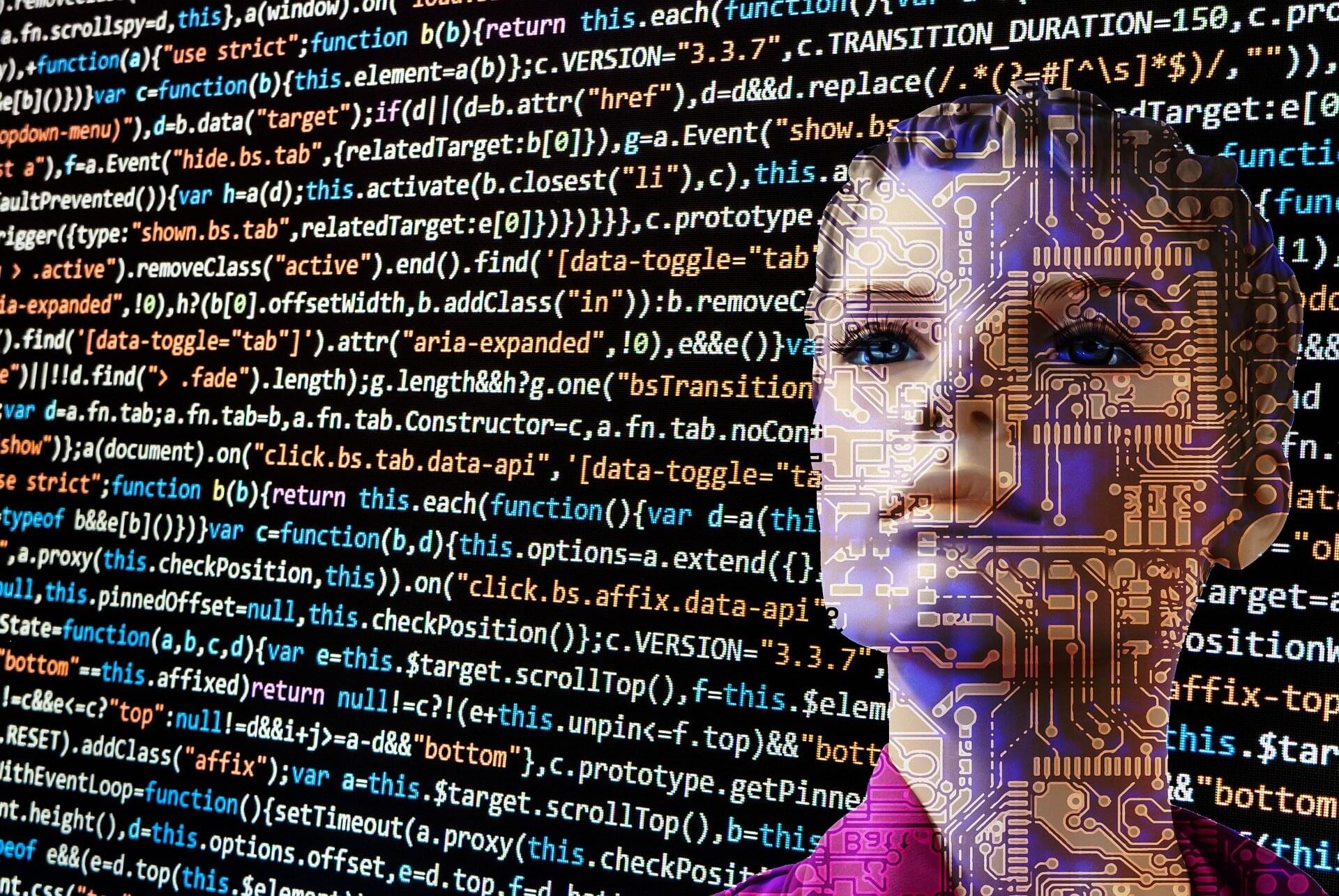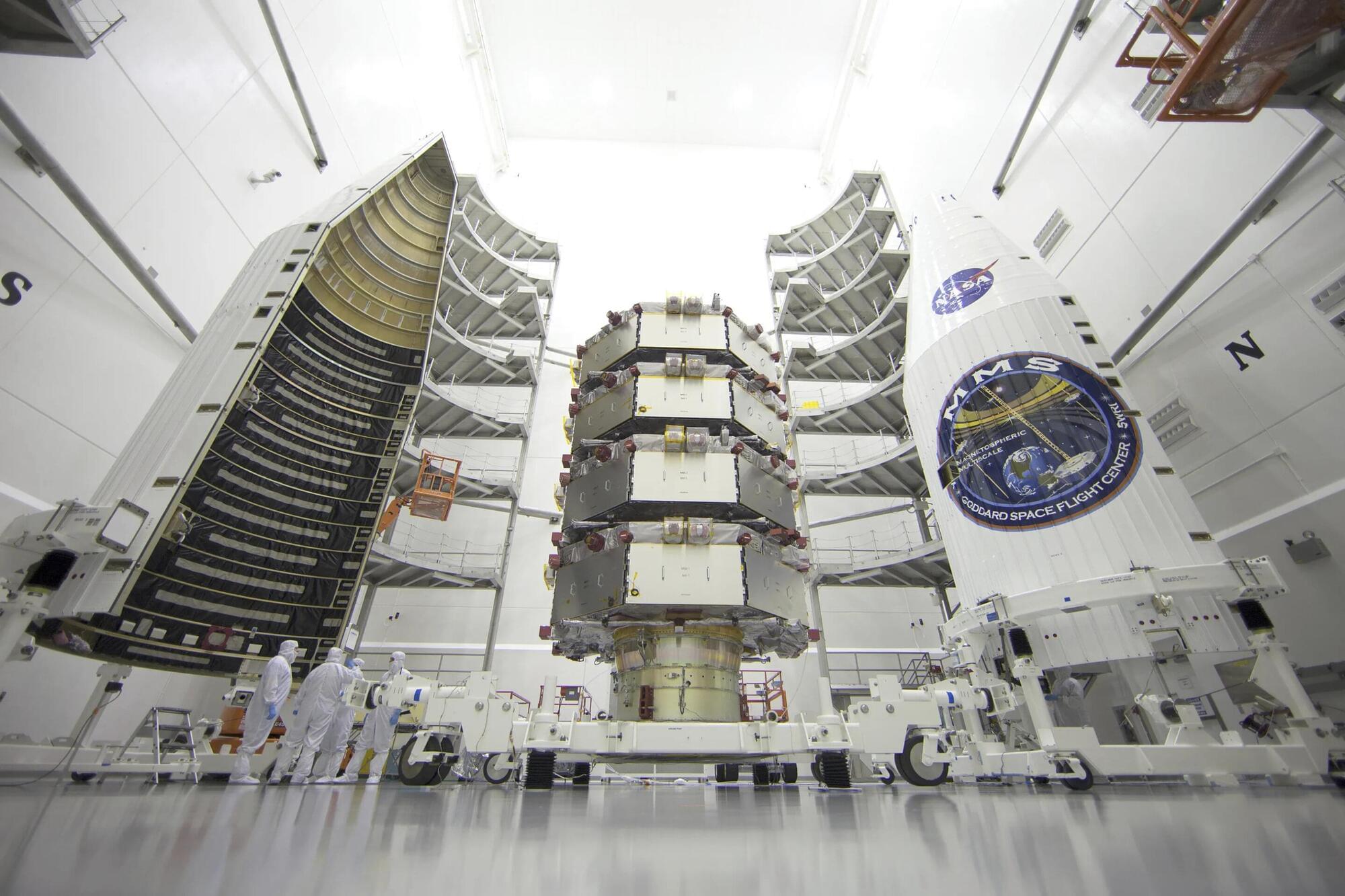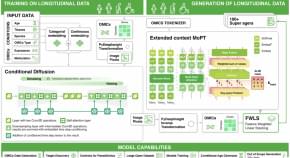01:06 How much is a Tesla Cybercab?
11:22 How have the features and upgrades of the Tesla Cybercab been enhanced?
===
What do you think of a car that can drive itself from the factory straight to your home? A car that will automatically head to the police station if someone tries to steal it or take you to the hospital if you lose consciousness while driving. Or simply, it allows you to enjoy a deep, restful sleep after work and wake up right at your doorstep.
Recently, Elon Musk and his team confidently announced that this vehicle would be available to consumers at just one-fifth the ticket price of Waymo, an incredible deal for two passengers! And you can rest assured about safety, as it has been verified to be 8.5 times safer than a traditional human-driven car.
In today’s episode, we’ll compile all the latest updates on its performance, impressive specifications, final pricing, and a detailed breakdown of its production process, all packed into this 19 minutes. Welcome to Tesla Car World!
As Tesla said the new Cybercab could cost Tesla only half as much to manufacture as a Model Y. This means ticket prices could be significantly lower compared to Waymo, which charges nearly five times the price of a Robotaxi and incurs much higher operating costs due to extensive mapping requirements. This presents a massive profit opportunity for Tesla while offering an incredibly affordable fare for up to two passengers!
Moreover, for the price of a bus ticket—which isn’t always the most pleasant experience—you get a private space, your own cabin. You can relax, sleep, work, entertain yourself, watch a great movie, and travel in the most comfortable and efficient way possible aboard Tesla’s Cybercab.
===
#888999evs #teslacarworld #teslacar #888999 #teslarobotaxi #cybercab #teslacybercab.
subcribe: https://bit.ly/3i7gILj
Get the latest international news and world events from around the world.
Can AI Defeat Aging and Death? | Ray Kurzweil
We’ve talked a lot about reversing aging and immortality through AI but does it REALLY POSSIBLE? Ray Kurzweil believes we can achieve immortality by 2029, and Bryan Johnson is already using AI to slow his biological age. Is this the future of human longevity?
Chapters:
Intro 0:00 — 1:09
Can We Stop Aging? 1:10 — 2:21
AI Could Reverse Aging Process 2:22 — 2:52
Blueprint Project 2:53 — 5:30
Longevity Escape Velocity 5:31 — 6:57
Scary Consequences 6:58 — 7:43

Worm surface chemistry reveals secrets to their development and survival
A new study has revealed the clearest-ever picture of the surface chemistry of worm species that provides insights into how animals interact with their environment and each other. These discoveries could pave the way for strategies to deepen our understanding of evolutionary adaptations, refine behavioral research, and ultimately overcome parasitic infections.
Scientists from the University’s School of Pharmacy used an advanced mass spectrometry imaging system to examine the nematodes Caenorhabditis elegans and Pristionchus pacificus, aiming to characterize species-specific surface chemical composition and its roles in physiology and behavior.
Their results show that nematode surfaces are predominantly oily or lipid-based, forming a complex chemical landscape. The findings have been published in theJournal of the American Chemical Society.


New algorithm improves how AI can independently learn and uncover patterns in data
“ tabindex=”0” KAIST researchers have discovered a molecular switch that can revert cancer cells back to normal by capturing the critical transition state before full cancer development. Using a computational gene network model based on single-cell RNA
Ribonucleic acid (RNA) is a polymeric molecule similar to DNA that is essential in various biological roles in coding, decoding, regulation and expression of genes. Both are nucleic acids, but unlike DNA, RNA is single-stranded. An RNA strand has a backbone made of alternating sugar (ribose) and phosphate groups. Attached to each sugar is one of four bases—adenine (A), uracil (U), cytosine ©, or guanine (G). Different types of RNA exist in the cell: messenger RNA (mRNA), ribosomal RNA (rRNA), and transfer RNA (tRNA).

Scientists detect Chirping Cosmic Waves in an Unexpected Part of Space
Scientists have detected cosmic waves that sound like birds chirping in an unexpected place.
These bursts of plasma, called chorus waves, ripple at the same frequency as human hearing. When converted to audio signals, their sharp notes mimic high-pitched bird calls.
Researchers have captured such sounds in space before, but now they have sensed the chirping waves from much farther away: over 62,000 miles (100,000 kilometers) from Earth, where they’ve never been measured before.

Atomic arrays enable negative refraction, bypassing metamaterial limitations
For the first time, scientists have demonstrated that negative refraction can be achieved using atomic arrays—without the need for artificially manufactured metamaterials.
Scientists have long sought to control light in ways that appear to defy the laws of nature.
Negative refraction—a phenomenon where light bends in the opposite direction to its usual behavior—has captivated researchers for its potential to revolutionize optics, enabling transformative technologies such as superlenses and cloaking devices.
A World Without Women? The Rise of AI Girlfriends and Baby Incubators
What if love could be programmed? AI companions are here, offering customizable relationships tailored to your every desire. From apps like Replika to futuristic VR partners, we explore the rise of AI girlfriends and their potential to redefine how we connect. Could this technology solve loneliness—or destroy real human relationships? And what would a world without women look like, with just AI partners and baby incubators? Dive into this provocative discussion and share your thoughts below!
#AIGirlfriends #FutureOfLove #AICompanions #DigitalRelationships #TechAndSociety #AIInnovation #VirtualReality #LonelinessSolutions #MenAndTech #EthicalAI

New Implant Will Help Patients Regenerate Their Own Heart Valves
Every year, more than 5 million people in the USA are diagnosed with heart valve disease, but this condition has no effective long-term treatment. When a person’s heart valve is severely damaged by a birth defect, lifestyle, or aging, blood flow is disrupted. If left untreated, there can be fatal complications.
Valve replacement and repair are the only methods of managing severe valvular heart disease, but both often require repeated surgeries that are expensive, disruptive, and life-threatening. Most replacement valves are made of animal tissue and last up to 10 or 15 years before they must be replaced. For pediatric patients, solutions are extremely limited and can require multiple reinterventions.
Now, Georgia Tech researchers have created a 3D-printed heart valve made of bioresorbable materials and designed to fit an individual patient’s unique anatomy. Once implanted, the valves will be absorbed by the body and replaced by new tissue that will perform the function that the device once served.
Georgia Tech researchers have developed a groundbreaking 3D-printed, bioresorbable heart valve that promotes tissue regeneration, potentially eliminating the need for repeated surgeries and offering a transformative solution for both adult and pediatric heart patients.